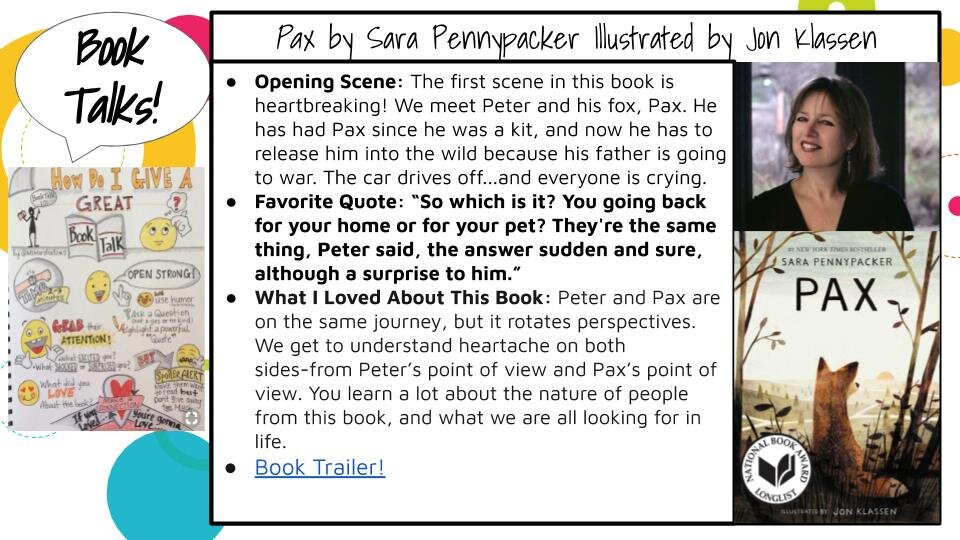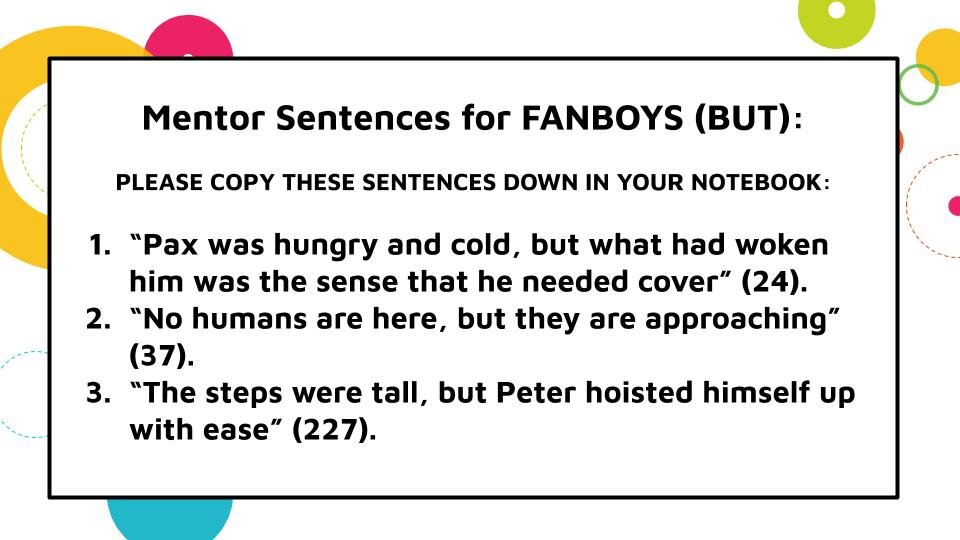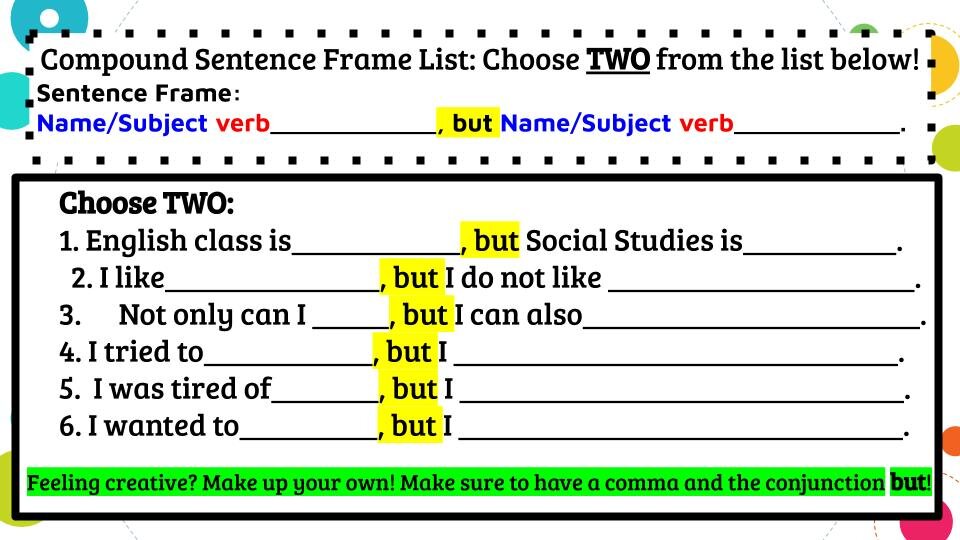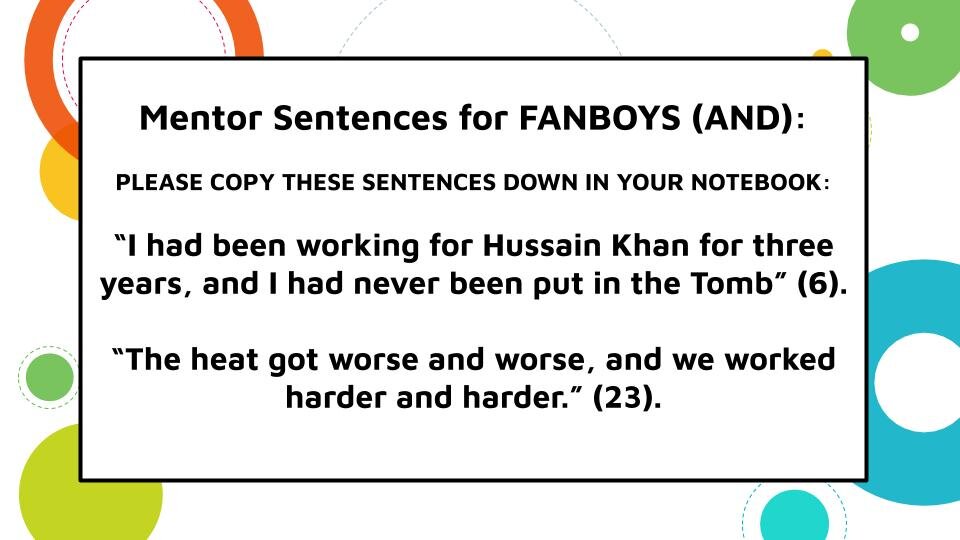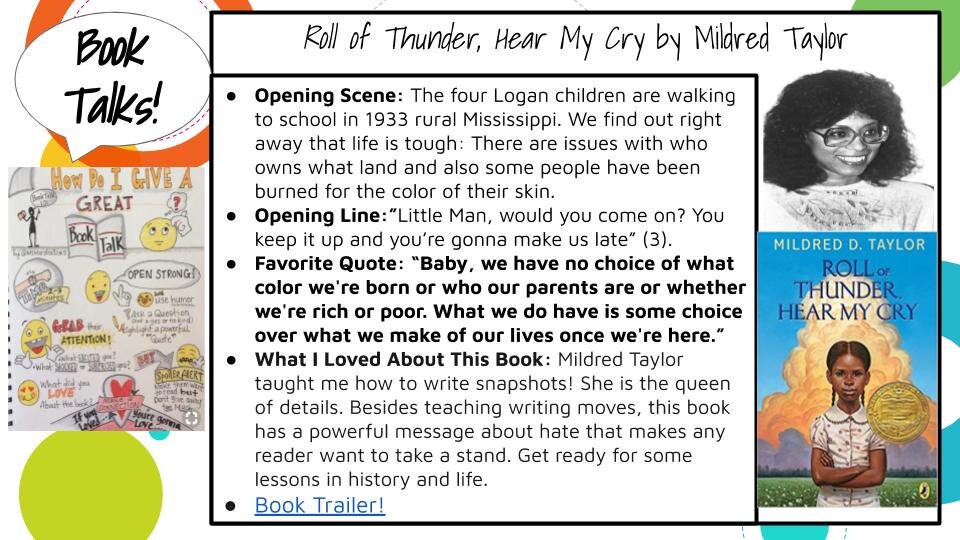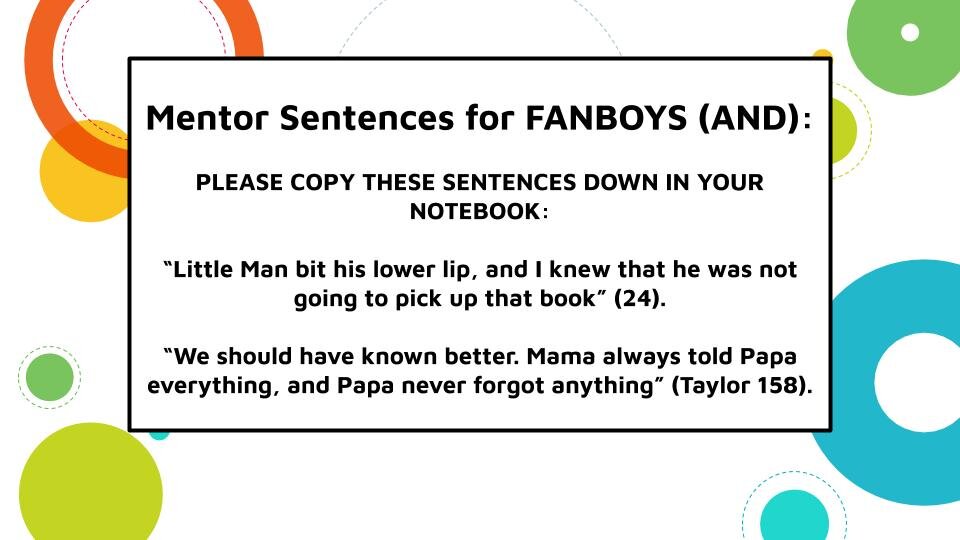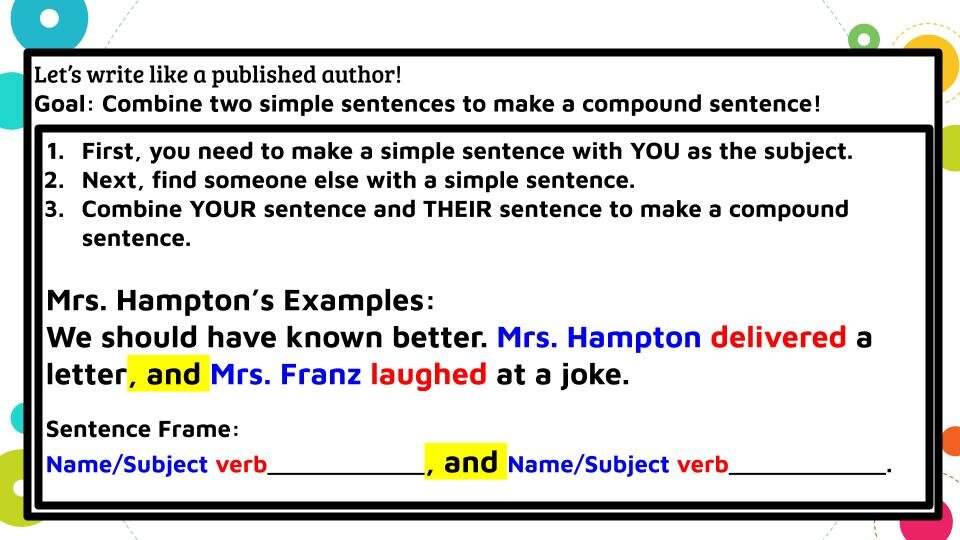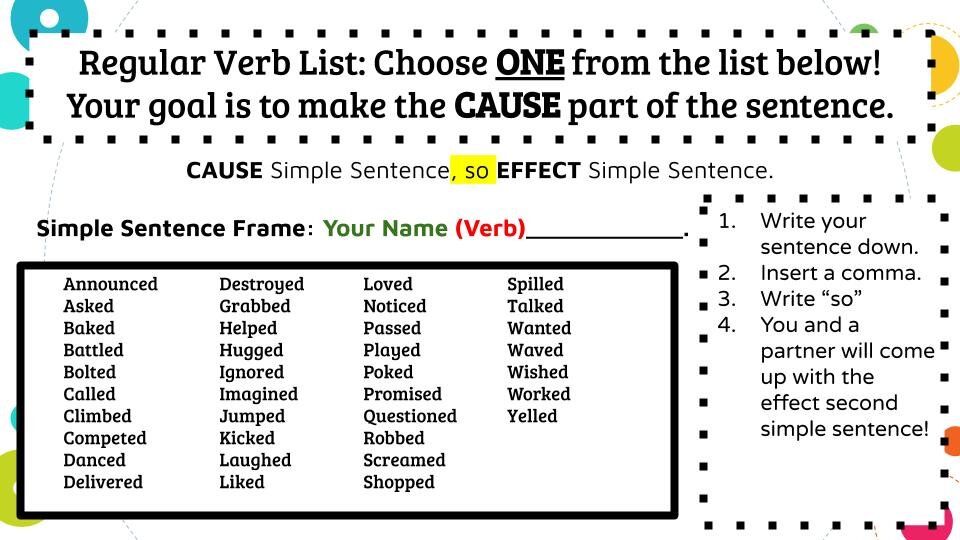Using Mentor Texts to Teach Compound Sentences
Building a Grammar Community with Compound Sentences
Compound sentences are all about bringing ideas together or showing how those ideas relate to one another. There is a real opportunity when we start talking about combining sentences together to help build the classroom community and share how our writing looks in different situations. The very nature of conjunctions suggests jointness. It is during these mentor text lessons where I will increase the level of movement and partner work to show how we can generate ideas together. When completing the mentor text routine, I look at how I can book talk mentor text books so students want to read them, and I use the whole class novels that we study during this marking period to show example sentences. Last year, I covered the conjunctions “and” and “but.” This year, I am also adding the conjunction “so” to tie in some cause and effect lessons. This post will outline the mentor text slides and activities used for each sequence of lessons for compound sentences with the conjunctions “and,” “but,” and “so.”
Highlights of each conjunction:
But-This conjunction is fun to say to middle schoolers over and over, and it shows opposites.
And-This conjunction connects ideas and shows addition.
So-This conjunction shows cause and effect, and the ideas here can transfer over to other cause and effect work in class.
Sequence of Lessons
Overall, the sequence of these lessons would take three weeks of class total. The class would focus on one conjunction per week. I only focus on these three this marking period because my district has six-week marking periods. Using the mentor text routine, we first book talk the text, notice the sentences, name the writer’s move, and then write like the author. For the first week with “but,” we write like the author, and I provide sentence frames. I do this because I want students to learn the setup of a compound sentence with the simple sentence, comma, conjunction, and simple sentence pattern.
All of this work is done in their class journal. I tried making worksheets or work pages for students to do each week, and nothing compares to them working in a class writing journal. I love working in the journal because then the week’s build on one another over the year. Also, I do not want to take home more papers to grade.
Next, we get to have some fun when we move to compound sentences with the conjunction “and.” Students used large sentence strips, and I chose students to be conjunctions. They formed groups of three as they moved around the room to music and stopped to form complete compound sentences. I then asked for groups to share out. The beauty in this was seeing sentences in motion. I also enjoyed it when different parts of sentences would pair up to make new sentences because this is essentially doing a simulation of revision. Students would recite the entire pattern out loud, thus, reinforcing the work from week’s one and two.
For the conjunction “so,” students are going to write sentences down for the cause and then work with partners to find their effect. They will mark the comma and the “so” to make each pairing a compound sentence. I will then have students review all three types of conjunctions with compound sentences as we practice before the end of the marking period.



